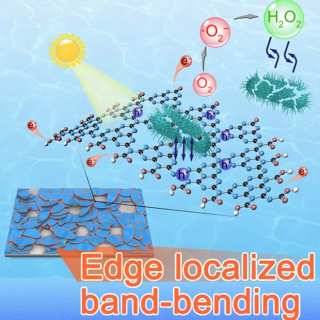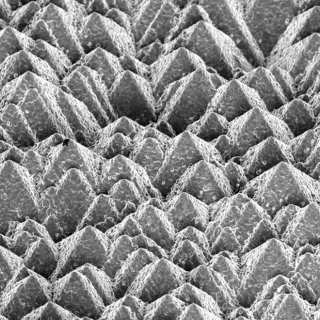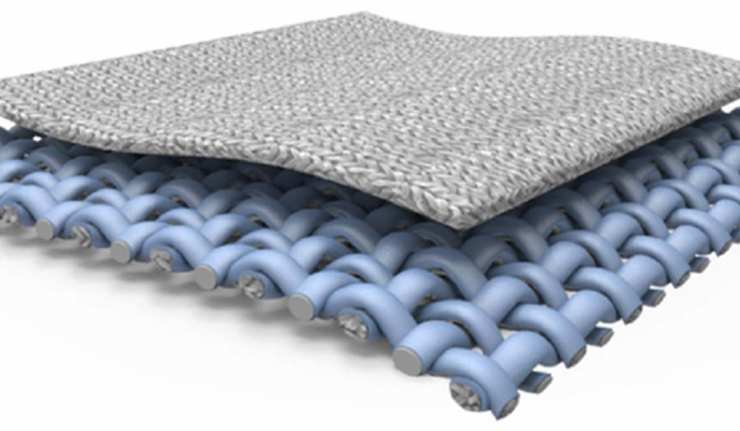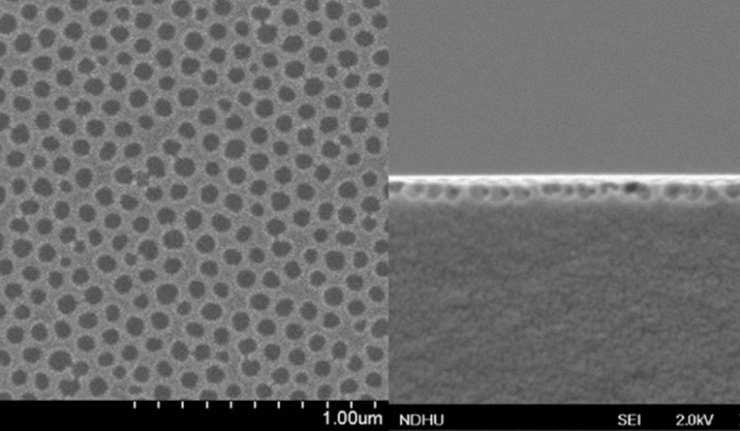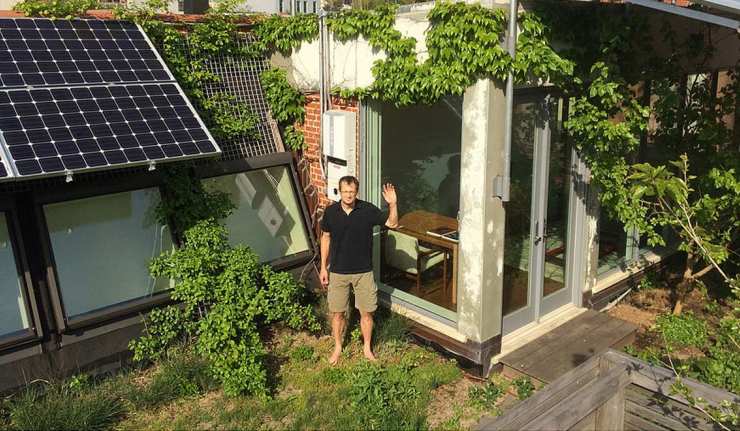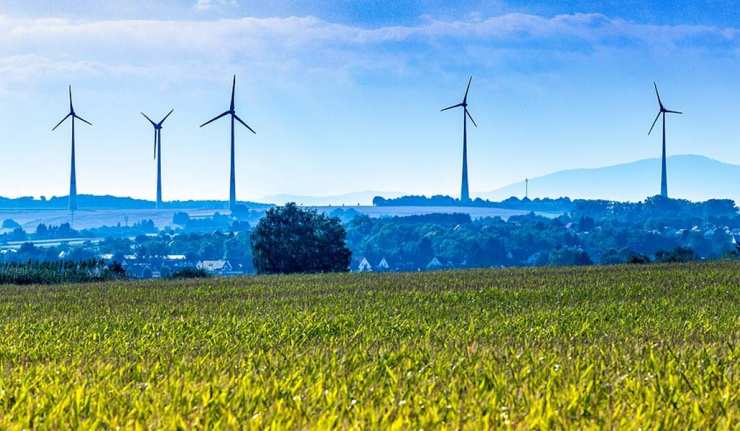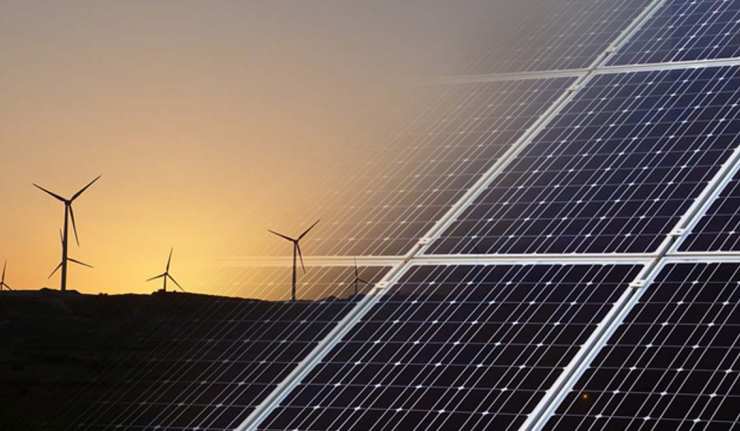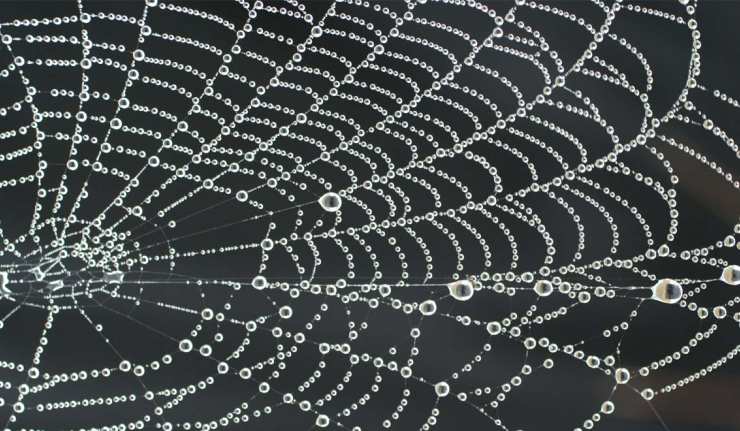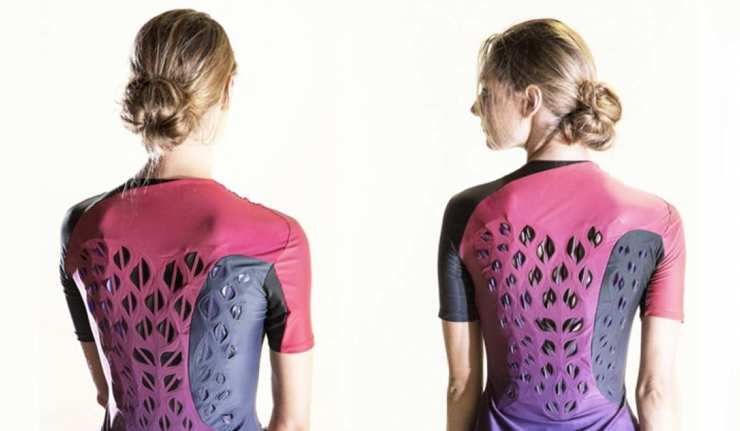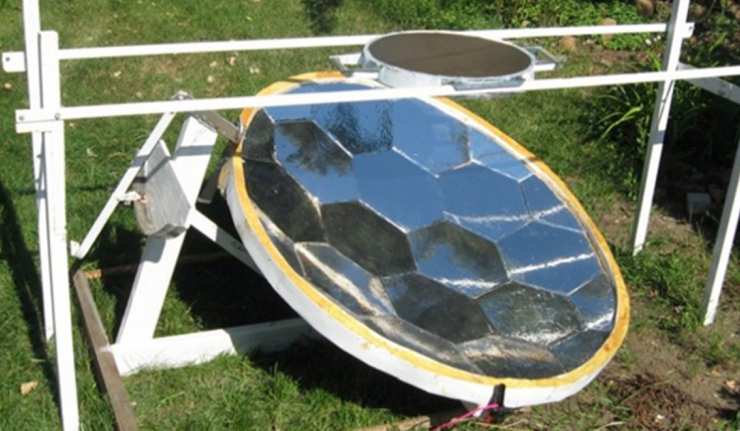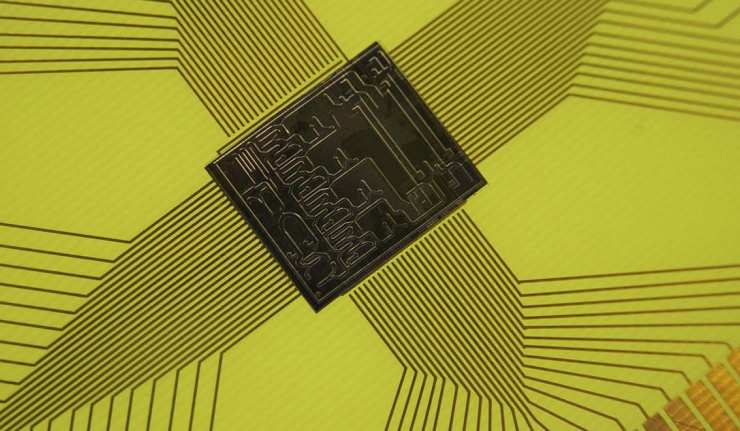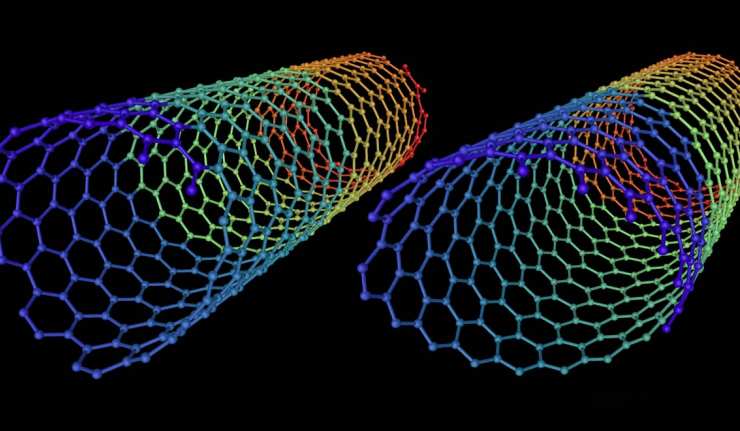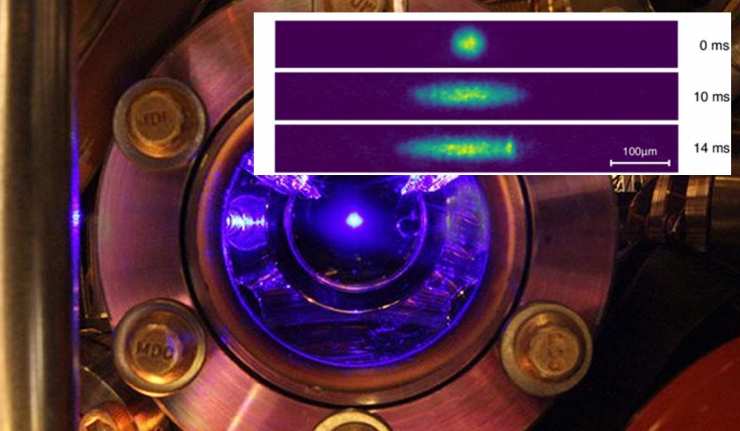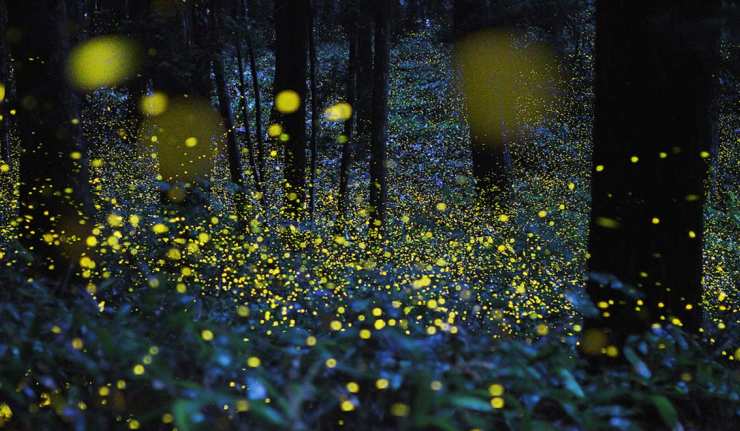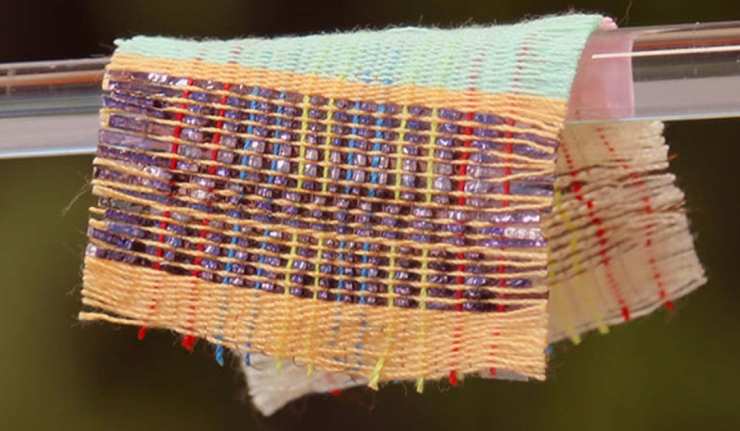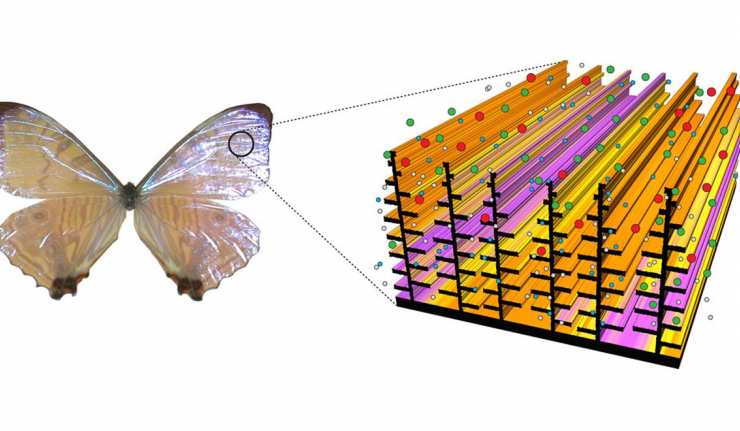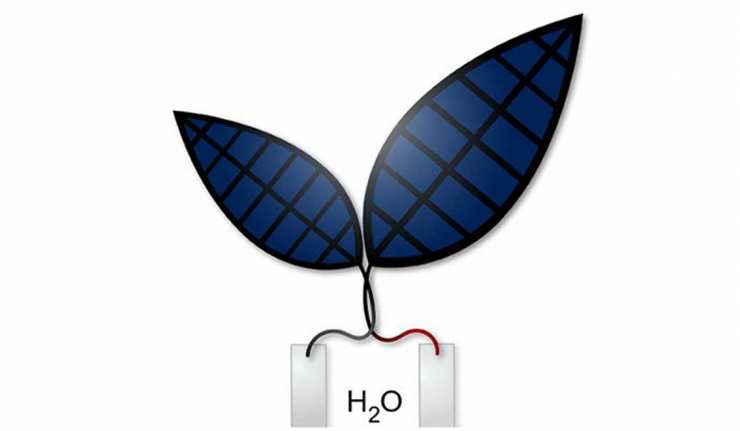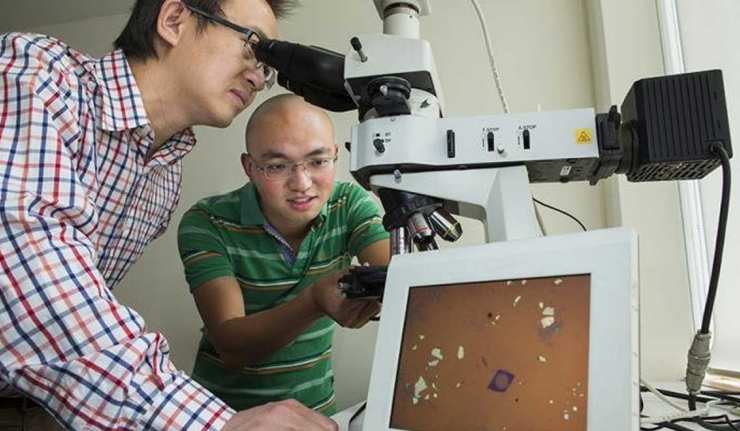Matter & Energy
The Era of ‘Smart’ Power-Generating Clothes
Forget to charge your music player before a run, or the battery life of your smartphone insufficient to get you through the day? For a generation that depends on electronic devices for their daily needs, the challenge of charging or powering gadgets begs for a sustainable solution.
New Screen Coating Inspired By Moth Eyes Should Make Reading Your Phone In Sunlight Much Easier
Now the summer is in full swing, many of us enjoy getting out in the fresh air and making the most of the sunny weather. Sometimes this means sitting in the park whilst we’re on our lunchbreak and inevitably most of us turn to our phones to check our emails and social media whilst relaxing. This leads to the annoying situation where we try to read our phone screens in bright sunshine, and whilst this is definitely a situation that could be described as a ‘first world problem’ it’s one that has inspired researchers to try and come up with a solution.
Peer-to-peer Energy: A New Way To Access Renewable Power
Currently, there’s two main ways to access the energy needs that your household requires. Either connect to the national grid, or go off-grid and meet them through a combination of renewable energies. If you live off-grid, solar panels and wind turbines, or often a combination of the two, are currently the most popular choices. There’s many people who would love the chance to either generate their own electricity or use a more environmentally friendly choice but for various reasons, do not have the option of installing their own off-grid system.
New Skin Patch Uses Sweat to Power Mobile Devices
Imagine never having to worry if your phone was fully charged before heading out to run or cycle your favorite trail, because you could charge it whilst exercising. Well, we could be literally one step closer to this reality thanks to a new technological advance which allows for the charging of electronic devices using something we all produce when exercising: sweat.
Record-Breaking Renewable Energy Generation in Great Britain Over Spring 2017
Many countries are on a mission to lead the way towards a future where 100% of our energy demands are met by renewable sources. New wind and solar farms are springing up apace, with countries keen to attract developers to install new wind and solar farms and manufacturers working hard to reduce the cost of their technology.
By The Seaside: Using Our Estuaries To Generate Energy
Imagine a new carbon neutral system of generating energy which has the potential to meet up to 40% of our global demand for power? The source might come as a surprise – our coastal estuaries where salt and fresh waters meet.
Scientists at Penn State University have created a system to harness energy along our coastlines, which early tests suggest could be very efficient indeed.
Everything is Energy And That’s All There Is To It
Over the last few decades, aerial robots, or drones, have been used in military, scientific and commercial fields. This has been mostly for searching and rescuing, for observation, mapping, inspection or maintenance. These drones consume energy from batteries. Due to the short battery life, scientists and engineers have been carrying out further analysis of the issue, with extensive research.
Synthetic Spider Silk Looks Set To Be As Good As The Real Thing
We always seem to be one step behind Mother Nature – using her materials as inspiration as we look for better and more environmentally friendly materials for the future.
One such material is the silk spun by spiders. Spider silk has long been known for its amazing strength, which gives it a wide range of applications. Humans have made use of this silk for thousands of years: it has been used by ancient Greeks to sew together wounds, by Aboriginals as fishing lines and even in the crosshairs of guns and telescopes up until as recently as World War Two.
New Running Suit Designed at MIT Responds to Your Body’s Moisture Levels to Cool You Down
Usually when we go for a run and work up a sweat, we would stop and take a layer off. MIT have developed a workout suit which instead responds to your body heat, opening and closing tiny flaps which react to humidity and allow heat and sweat to escape.
Putting the Sun in a Box
The Sun is the abundant renewable energy source that we as humans have not harnessed to its full potential. Solar radiation powers all of the surface phenomenon on Earth; it warms oceans to cause currents, heats up the air and drives the water cycle, and it sustains life on Earth. Plants take in solar radiation and use it to convert carbon dioxide and water into sugars. Herbivores feed on the plants and predators (humans included) eat the herbivores.
On-Chip Atomic Force Microscopy
Atomic-force microscopy (AFM) is a high-resolution imaging technique that operates on the nanometer scale. Large molecules like DNA, proteins, and carbon nanotubes can be visualized in this manner. Of course, the instrumentation needed to look at really, really, really small objects usually take up a lot of space and are quite expensive; an education system can start at $10,000 USD and a fully expanded model for a materials science lab would cost upwards of $500,000+.
Teslaphoresis and the Self-Assembly of Carbon Nanotubes
Since their discovery, carbon nanotubes (CNTs) have opened many avenues in material science. What makes them fascinating is their atomic structure, which dictates their electromagnetic and mechanical properties. They exhibit tremendous strength and conductivity while only being one atom thick. As they are a unique among other fullerene carbon structures, they are considered a new allotrope of carbon.
A New Age For Toxic Gas Detection: Using Smartphones and Tiny Sensors
Where are toxic gases found?
Toxic gases in our environment can be silent killers. Whether these are from natural or man-made sources, the risk they pose is a serious one and the ability to be able to quickly and effectively identify these gases is vital to the safety of those who have been exposed. The danger with many of these toxic gases is that whilst also being deadly, they are often odorless and colorless, which make them very hard to detect without expensive and specialist equipment.
Washington State University Achieves Creation of Elusive Negative Mass
Matter can have positive and negative mass
Most of us, including non-scientists, have a basic knowledge of the laws of motion. We observe this every day, when we throw a ball to our child or drive our car down the street. We all understand that if we push something, it moves away from us. Whether or not we know that this is called Newton’s Second Law of Motion is irrelevant because the matter will continue to behave in this way regardless.
Firefly-Inspired Organic LEDs
Electroluminescence is the phenomenon where light is emitted from a material in response to an electric current or field. This differs from incandescence, which is the emission of light due to heat; this is how conventional (non-fluorescent) light bulbs work. Light emitting diodes (LED) are actually a type of semiconductor that uses electroluminescence to generate light. First developed in 1927 by Oleg Losev, commercial LEDs have been available since the 1960s and were commonly found as calculator displays for scientific calculators.
The Fabric That Generates Energy As You Walk
As scientists look for more ways of powering our future without reliance on fossil fuels, one potential avenue for generating energy is the development of foldable and wearable power sources. The idea is that these could be incorporated into clothes and other fabrics, providing a source of energy on the move.
This is a pretty big challenge, but one that doesn’t faze a team of researchers from the Georgia Institute of Technology, who have been busy creating a fabric which can harness energy from both sunshine and motion.
Scientists Made a Tiny Transistor That Can be Powered by Information
The Supreme Court and Congress have shown us that laws in our society are far from permanent—if enough people want it, the law can be changed. In the realm of science, though, laws are paramount. A newly demonstrated concept is not considered true until it has been confirmed by many other studies—even then it is only considered a theory, or a rule. Only the most absolute, time-tested concepts become laws and are generally accepted as unchangeable facts of nature.
Butterfly Wing-Inspired Nanostructures
Nanoscience as a field of study is rapidly changing, despite only being around since the mid to late-twentieth century. But, as scientists and engineers have been working on their ultra-small scale matter, nature has been perfecting nanomaterials over the millennia.
Artificial Photosynthesis: Creating a Bionic Leaf More Efficient Than Nature Itself
As it becomes more and more apparent that our days of relying on fossil fuels are numbered, scientists are investigating alternative ways of producing fuel to power the future. And the biological processes used by plants to create energy might just hold the answer.
Introducing the World’s Thinnest Lenses
Picture a camera lens that is one-thousandth the width of a strand of human hair or credit card. Scientists at the Australian National University (ANU), led by Dr. Lu of the NEMS (Nano-Electro-Mechanical System) Laboratory, have been working to make this a reality. They have developed the world’s sleekest and thinnest lens with a thickness of just 6.3 nanometers. This is especially impressive when compared to earlier prototypes which had a thickness of 50 nanometers.

